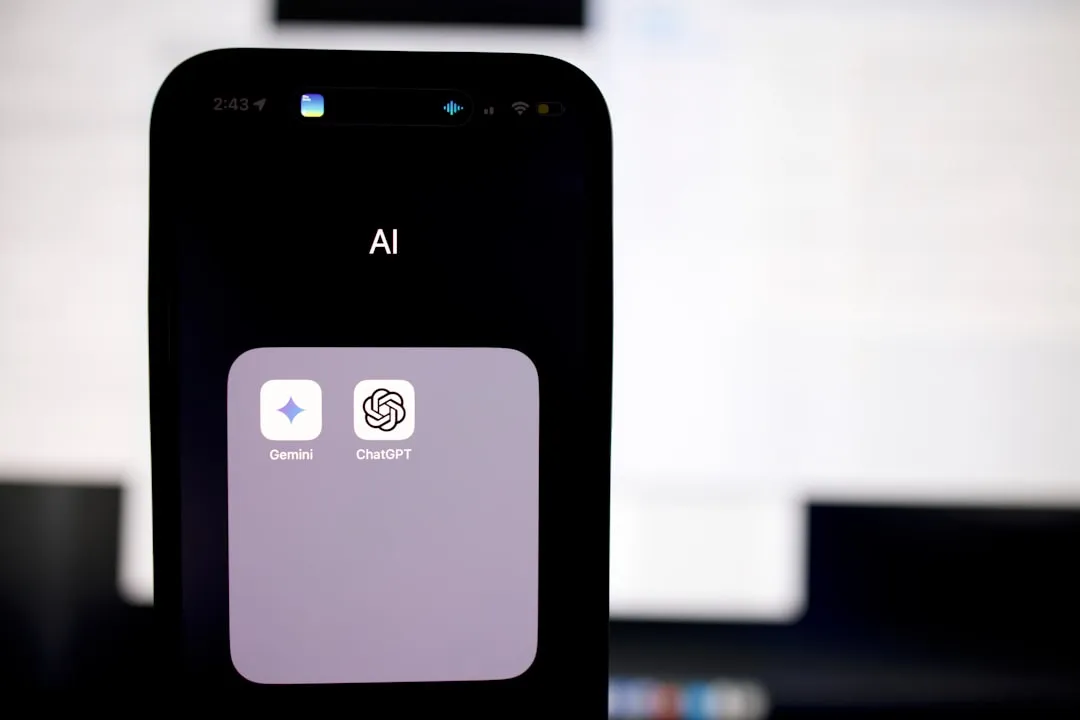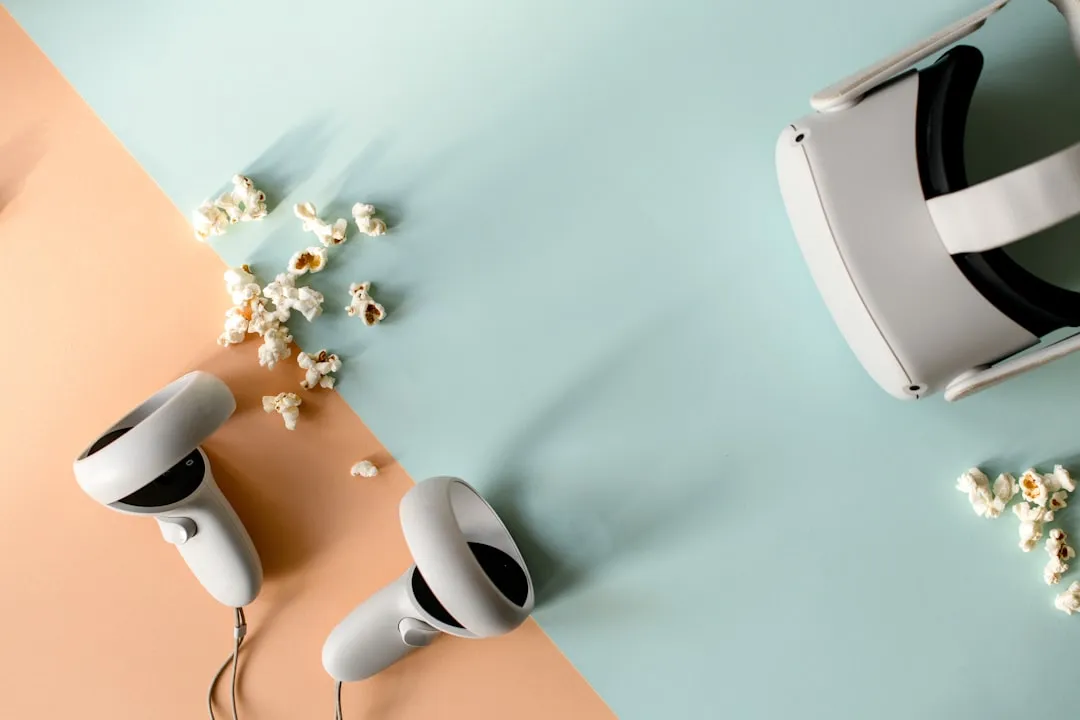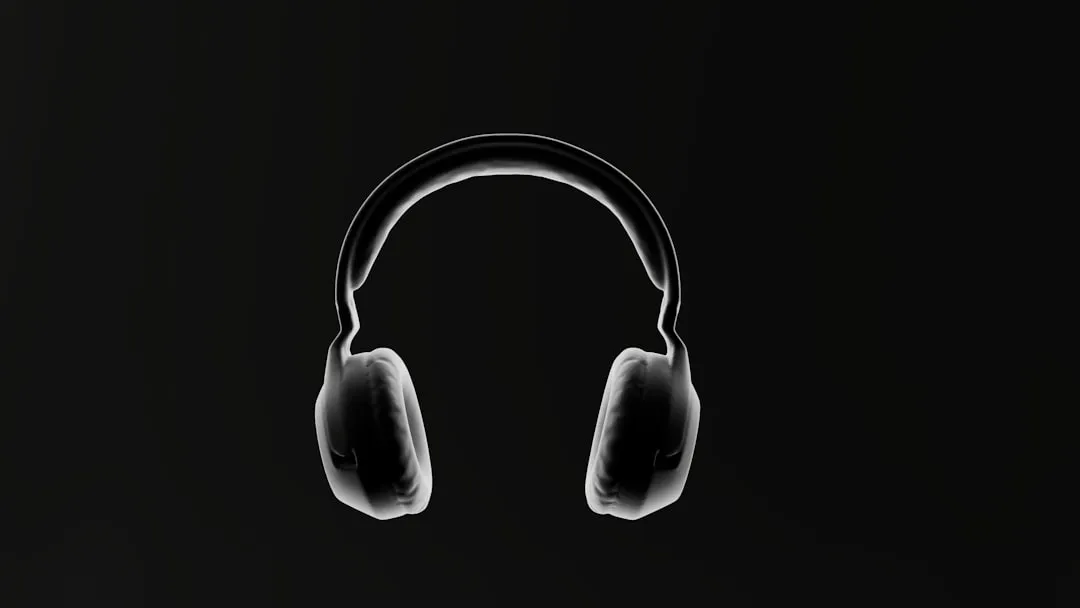As one of the household brands in creative software, Adobe is now ready to lay its claim to the artistic side of augmented reality.
On Monday, concurrent with the kickoff its annual Adobe Max conference, Adobe's Project Aero officially graduated to public release, but Adobe actually published Aero app for iOS quietly on Friday.
Available on the App Store for devices compatible with at least ARKit 2.0 and running version 13.2.1 of iOS or iPadOS, Aero enables users to create AR experiences directly through the app via a visual user interface and without any additional coding.
"Immersive media is proving to be a powerful storytelling medium, and completely changing how we interact with the world around us. With augmented reality (AR), we can merge digital content with the physical world to create and deliver next-generation experiences," said Stefano Corazza, head of AR at Adobe, in a blog post.
"Everything becomes a creative canvas to the millions of people who want to tell their stories in new and exciting ways -- artists can build deeper emotional connections and brands can connect in a more meaningful way with their customers. With AR, the impossible become a new reality, and the only limit is our imaginations."
With a library of starter assets at their disposal, users can manipulate 3D content and configure animations and triggers directly via touchscreen input. Users can also import their own 2D and 3D files, with vector images, Adobe Photoshop, OBJ, FBX, Collada, glTF, and other file formats support.
Once users are satisfied with their work, they can share their AR experiences with others via social media or through the Aero app itself.
Originally announced at Apple's Worldwide Developer Conference in June 2018, Adobe invited creatives to participate in the private beta of the app at Adobe Max last year.
"The thing I like about working in interactive media is that you can bring things off the screen and into the real world, and you can really cause this amazing effect in people where they don't realize how this is possible," said Gabe Barcia-Colombo, a mixed-media artist and Adobe AR resident who participated in the beta.
A lot has changed in the augmented reality development landscape since then, particularly in terms of options for creating AR experiences via mobile apps. Since the WWDC unveil, apps like Torch and WiARframe have entered the field.
But, more importantly, the company that helped Adobe announce Aero now has its own native option, as Apple introduced Reality Composer at this year's WWDC and released it alongside iOS 13.
Despite Apple beating Adobe to market, the latter still has an established ecosystem of graphic design tools for creators (though its move to a subscription model may sour some on Adobe's software). It's a space worth watching to see if Adobe makes an impact on the growth of augmented reality content.
Cover image via Adobe/YouTube





























Comments
Be the first, drop a comment!